The Great Sioux Nation was the political structure of the Sioux in North America at the time of their contact with Europeans and Euro-Americans. Most of the peoples speaking a Siouan language were members of the Očhéthi Šakówiŋ (pronounced [oˈtʃʰetʰi ʃaˈkowĩ]) or Seven Fires Council. The seven members are sometimes grouped into three regional/dialect groups (Lakota, Western Dakota, and Eastern Dakota), but these mid-level identities were not politically institutionalized. The seven smaller groups were separate members of one confederacy.
Contents
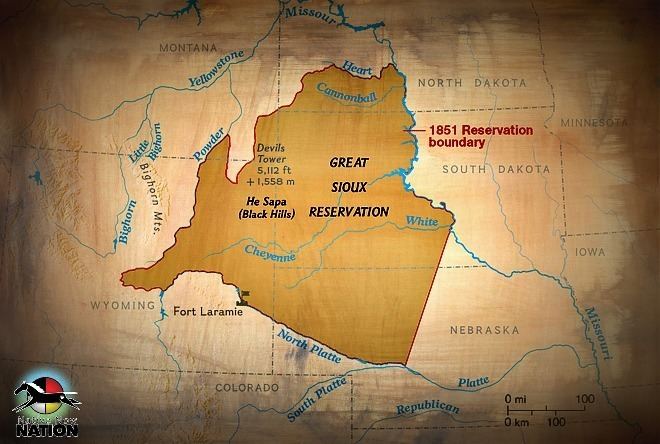
Subdivisions
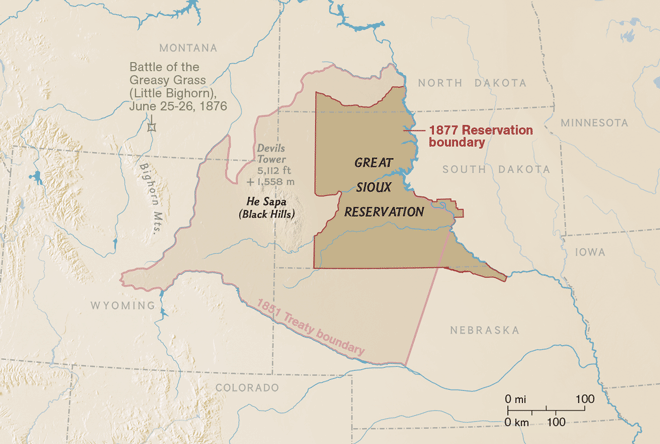
The Great Sioux Nation is divided into three linguistically and regionally based groups and several subgroups. Linguistically, all three language groups belong to Siouan languages.
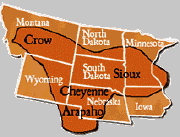
- Lakota (a.k.a. Lakȟóta, Thítȟuŋwaŋ a.k.a. Teton, a.k.a. Teton Sioux)
- Northern Lakota (Húŋkpapȟa, Sihásapa)
- Central Lakota (Mnikȟówožu, Itázipčho, Oóhenuŋpa)
- Southern Lakota (Oglála, Sičháŋǧu)
- Western Dakota (a.k.a. Yankton-Yanktonai or Dakȟóta, and erroneously classified, for a very long time, as "Nakota")
- Yankton (Iháŋktȟuŋwaŋ)
- Yanktonai (Iháŋktȟuŋwaŋna)
- Eastern Dakota (a.k.a. Santee-Sisseton or Dakhóta)
- Santee (Isáŋyáthi: Bdewákhathuŋwaŋ, Waȟpékhute)
- Sisseton (Sisíthuŋwaŋ, Waȟpéthuŋwaŋ)
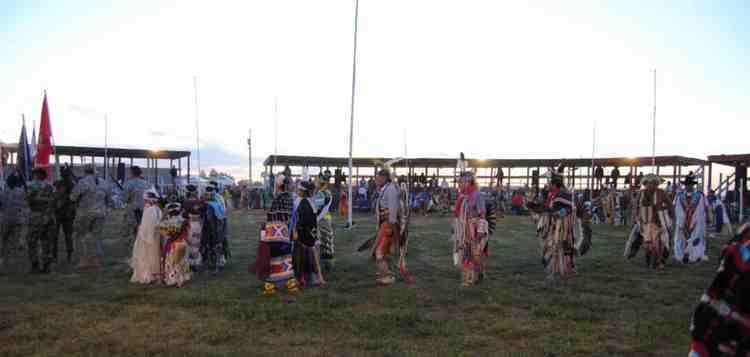
The term "Great Sioux Nation" is also sometimes applied to a hypothetical state in the western and midwestern United States, which would take in the following recognized Indian reservations:
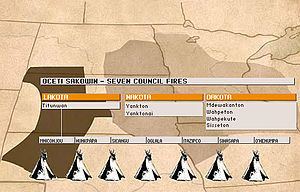
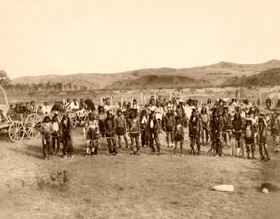
The hypothetical state would also include the defunct Great Sioux reservation, which was divided into smaller portions in the 19th century, and other "unceded Indian territory" in four states, as well as parts of the following states:
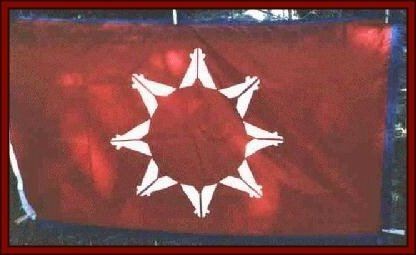
The theoretical Great Sioux Nation occupies only parts of the United States where Sioux tribes have some legal claim with regard to treaties with the federal government. (See, e.g., Treaty of Fort Laramie and map of treaty land in the External links section below.)
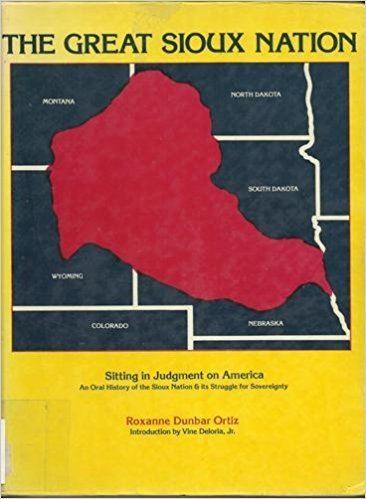
Historically, the Great Sioux Nation and the United States have had a turbulent relationship. The last of the great American Indian battles – the Battle of Little Bighorn and the Wounded Knee Massacre – were fought between these two peoples.
Controversy
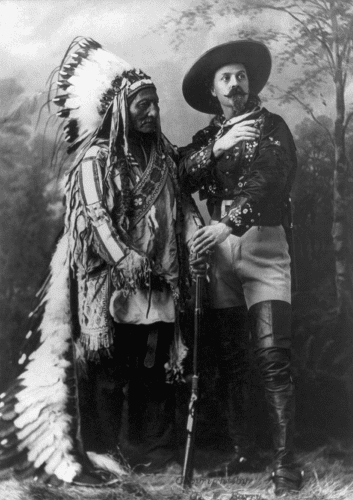
In one of the oldest, unresolved cases in US legal history, United States v. Sioux Nation of Indians 448 U.S. 371 (1980), the U.S. Supreme Court ruled that the United States was wrong in breaking the terms of the Fort Laramie Treaty of 1868, which forever exempted the Black Hills from all-white settlement. When European Americans discovered gold there in 1874, miners swept into the area in a gold rush. The US government reassigned the Lakota, against their wishes, to other reservations in western South Dakota, breaking up the Great Sioux Reservation into smaller portions.
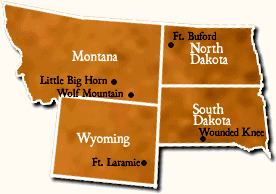
The Supreme Court awarded eight Sioux tribes $106 million in compensation—the 1877 value of $17.5 million, plus interest. The Sioux Nation has refused to accept the award, saying they want their land returned. The money is held in accounts at the Treasury Department, accruing interest. As of 2011, the accounts are estimated to be valued at over $1 billion.
Canada
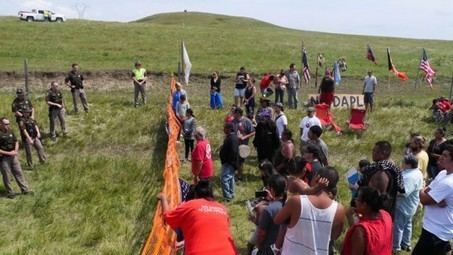
The Assiniboine (Nakota), who live to the North of most of the Sioux peoples, speak a Siouan language closely related to the Yanktonai. The Assiniboine were the first of the Siouan-speaking peoples to leave the Eastern Woodlands and move onto the Great Plains. They had developed as a separate people sometime before 1640, when they were first documented as a tribe by French missionaries. Because of this, other Sioux-speakers referred to them as the Hohe, or "rebels". The Canadian Nakoda (Stoney) began as the westernmost band of the Assiniboine, but were referred to as a separate people after about 1744.
